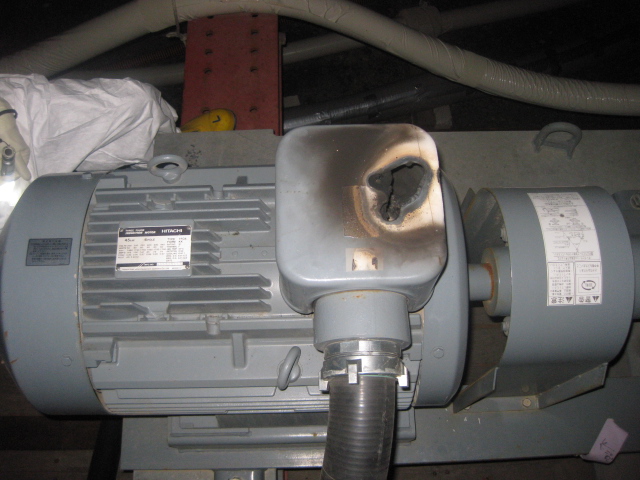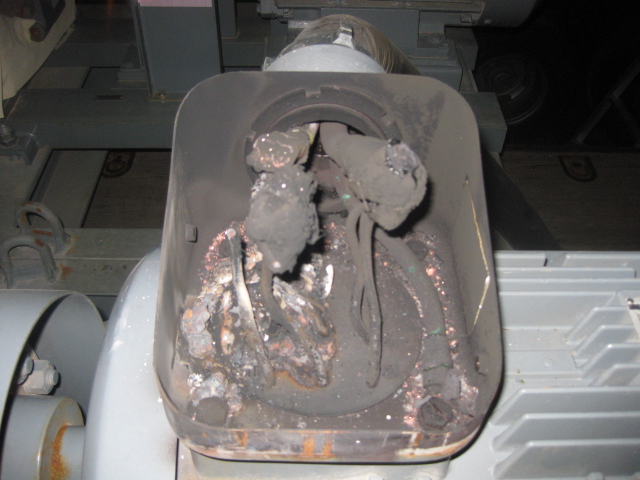New York Times writes about it politely, as if Noda's (supposedly) direct plea with the Japanese meant anything ("a testament to the deep public distrust gripping the nation"). The readers of this blog knows it was just a ceremony, and it was not even addressed to the Japanese people whose way of life he said he was going to protect by restarting a nuclear power plant that sits on top of an active fault. The press conference was held to please the governor of Fukui Prefecture and the mayor of Ooi-cho where the plant is located, and his speech was addressed to them. Probably New York Times knows, too. But it has to play the game, as the newspaper of record.
From New York Times, by Martin Fackler (6/8/2012):
TOKYO — In a rare personal appeal on national television, Prime Minister Yoshihiko Noda asked for his nation’s support on Friday in restarting the first of Japan’s idled nuclear plants, saying that keeping the plants offline could cause blackouts and economic chaos at a time when the country’s struggling economy can least afford it.
That Mr. Noda took his case to the public on such an crucial issue, rather than setting policy behind closed doors, is a testament to the deep public distrust gripping the nation since last year’s nuclear disaster and the government’s playing down of the risks it posed. Despite increasingly dire warnings about the economic effects of a sudden turn from nuclear energy, a majority of Japanese remain unconvinced that it is safe to turn the plants back on.
In the 10-minute speech, Mr. Noda spoke in stark terms, saying he had concluded that Japan could not maintain its current living standards without nuclear power, at least in the short term. Responding to the commonly heard argument that Japan is getting along fine without the plants, he said that conservation measures would not be enough in the steamy summer months to overcome the loss of the nation’s nuclear plants, which before last year’s accident supplied almost a third of Japan’s electricity.
He also cited national security, saying Japan needed nuclear power to avoid relying too heavily on oil and natural gas from the politically volatile Middle East. “Cheap and reliable electricity are essential for supporting prosperous and decent livelihoods,” Mr. Noda said. “Japanese society cannot function if we stop or try to do without nuclear power generation.”
The need to import more oil and gas to make up for the shortfall has been cited as a major factor behind Japan posting its first yearly trade deficit in more than three decades.
Mr. Noda promised better oversight, saying he hoped to restart the first plant in the western town of Ohi quickly, but that he would not restart others until their safety measures had been thoroughly reviewed. His administration has already deemed the Ohi plant safe and considers it a test case for whether the public will tolerate at least some of the 50 idled commercial reactors being brought back into operation.
The restart issue has polarized Japan for months now, as the country’s still-functioning reactors went offline, one by one, for regular maintenance. In the uproar that followed the triple meltdowns at the Fukushima Daiichi plant, the government had said it would not restart the reactors without local approval, but officials did not anticipate the depth of public skepticism about the government’s ability to oversee the politically powerful nuclear industry.
That skepticism was given a powerful voice in recent months, as the upstart mayor of Japan’s third-largest city, Osaka, became the country’s most popular politician seemingly overnight by demanding more transparency on the nuclear issue and more caution in restarting plants.
Still, many Japanese share Mr. Noda’s worry that power shortages could cost jobs and accelerate the nation’s industrial decline, driving more businesses abroad.
For weeks, his government has been trying to persuade local leaders to allow a restart of the Ohi plant, which provides power to the heavily urbanized Kansai region, including the cities of Osaka and Kyoto. He has said he wants to restart that plant first because Kansai faces the most severe potential electricity shortages in Japan during the summer, when air-conditioner use surges. The area is also the home to Japan’s struggling electronics industry.
The threat of rolling blackouts seems to have persuaded most local leaders to accept at least a temporary restart of the Ohi plant. The Fukui prefectural government, which has been very supportive of nuclear power in the past, is expected to make a decision as early as next week to approve the restart.
(Full article at the link)
New York Times puts the demonstrators outside the Prime Minister's Official Residence on June 8 at 1,000. Japanese MSM put at 4,000. Some undercounting.









 Tokyo Time
Tokyo Time
![[Most Recent Quotes from www.kitco.com]](http://www.kitconet.com/charts/metals/gold/t24_au_en_usoz_2.gif)


